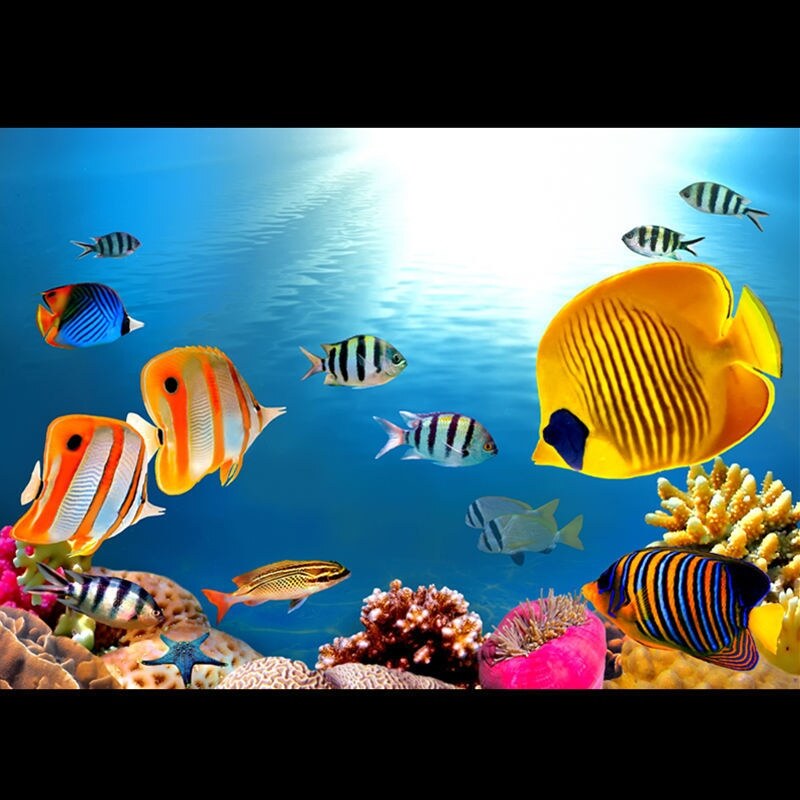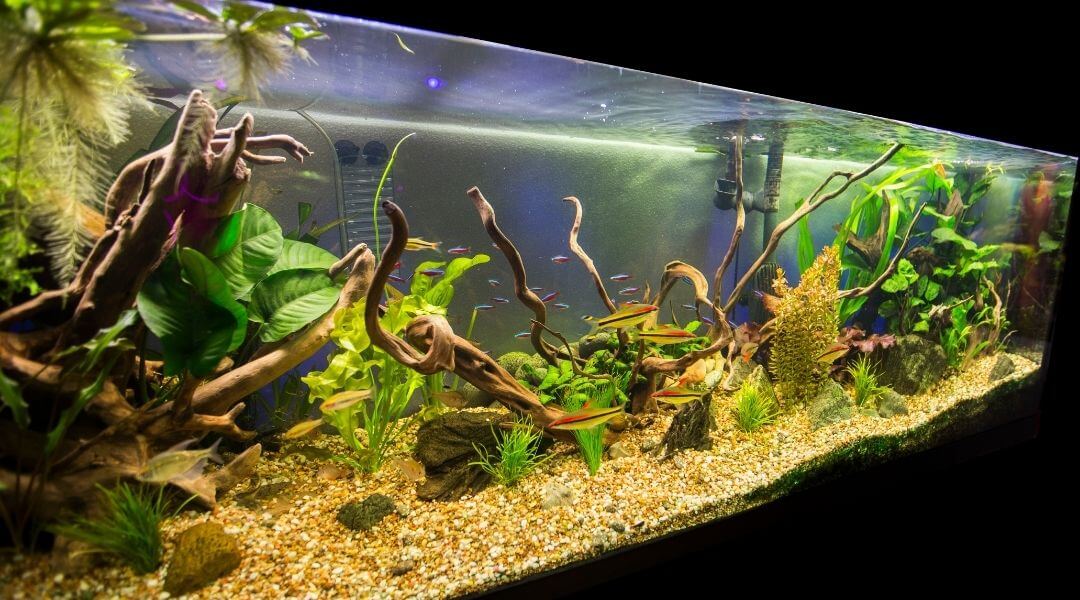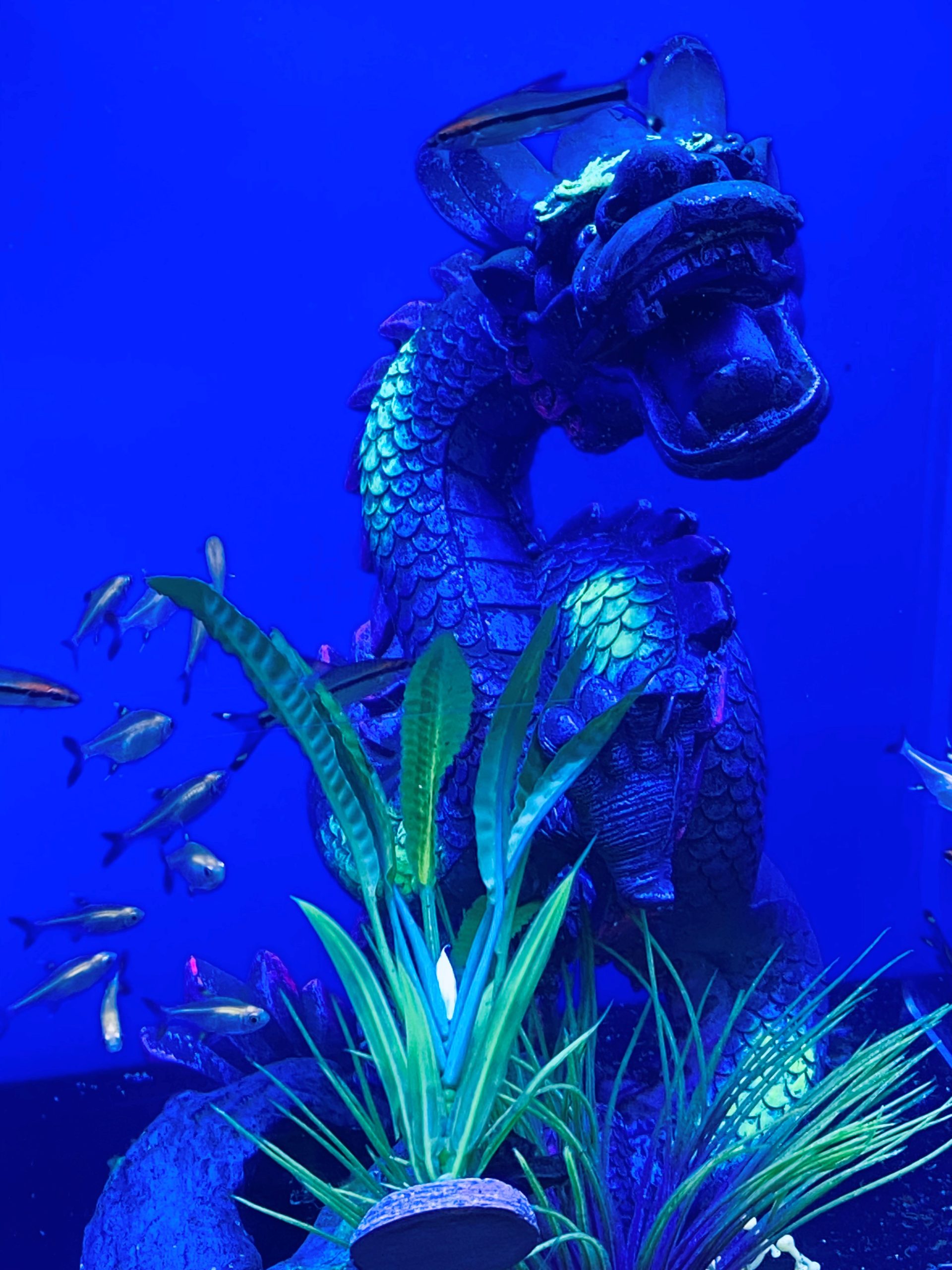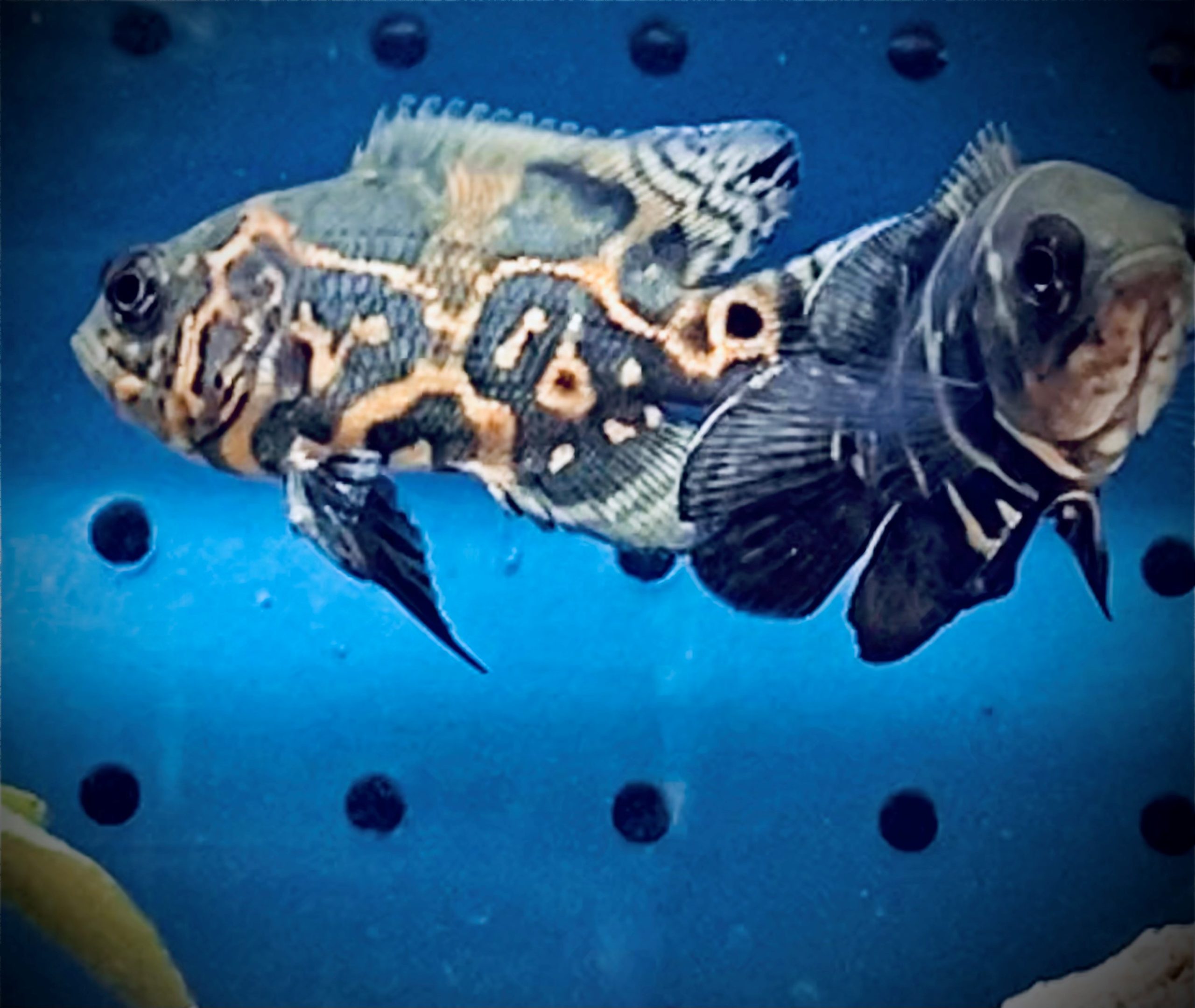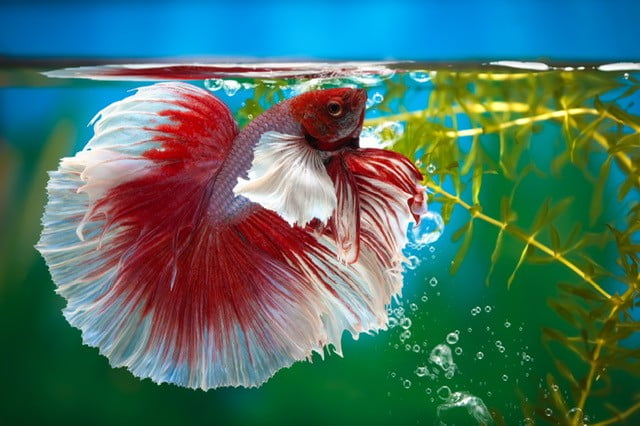Velvet is actually a round or pear-shaped dinoflagellate that attacks both freshwater and marine tropical fish and can cause death when not treated promptly. (Do you have a microscope?)
The parasite usually attacks the gills of the fish first before moving to the rest of the body and fins. When it appears on the head, fins, and body of the fish as small, yellowish spots that give it a “dusty” appearance, the infestation is already severe. Infected fish usually exhibit a dusty, brownish gold color.
Different Oodinium species include: pillularis, cyprinodontum, limmeticum, and ocellatum. Oodinium ocellatum is particular to marine fish.
LIFE CYCLE:
Although Velvet Disease (Oodinium pillularis) is similar to White Spot Disease (Ichthyophthiriasis multifiliis) and has a similar life cycle; Oodinium pillularis is a flagellate, and Ichthyophthiriasis multifiliis is a ciliate.
Velvet Disease (Oodinium pillularis) has a life cycle that is temperature dependent, typically 6 to 12 days long however, at lower temperatures it can be as long as 28 days.
The motile Oodinium dinospore swims around the water column looking for a suitable host fish species to attach itself to.
When it finds a host, it attaches itself by rooting into the skin or gills of the fish where it forms a hard shell (cyst) that protects it while it absorbs nutrients from the fish.
In this Trophont cyst stage, which is the only stage that you can actually see Oodinium pillularis on the fish, it continues growing and dividing until it looks like a fine dust covering the skin.
After a few days on the fish, the Oodinium pillularis cyst detach themselves and fall to the bottom where after a 3 to 28-day incubation period they begin to divide free into a new generation of dinospores.
During the incubation period on the bottom of the tank, a protective shell forms on the inside, which allows the reproduction by cellular division of more than three hundred dinospores.
The free swimming dinospores are vulnerable and must attach themselves to a new host within 48 hours or so or they will die.
PHYSICAL SYMPTOMS:
Velvet disease symptoms vary according to the severity of the infection.
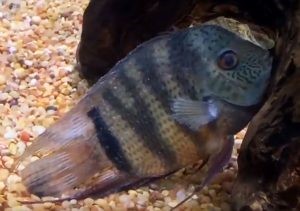
Velvet Disease (Oodinium pillularis)
During initial stages of the infection, the affected fish will show some behavioral changes like fin twitching, rapid respiration, appetite loss, clamped fins, flashing or body rubbing.
The “flashing” behavior or scraping on the substrate is simply the fish trying to rid itself of the parasite.
As the Velvet parasite multiplies and the disease advances, the eyes become clouded, the fins are peppered, and the body looks like it has been dusted with gray to yellow colored powdered sugar. The reason the skin of the sick fish becomes dusty and opaque is due to the excess amount of mucus that their immune system generates as a defense mechanism.
The faded, velvety looking body areas if left untreated, will slough off the protective slime coating of the fish and eventually cause death.
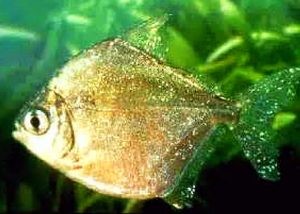
Velvet Disease (Oodinium pillularis)
Because the Oodinium parasite affects the gills, respiratory failures are common occurrences, and when the gills are severely damaged, death can occur in as little as 12 hours.
When condition becomes severe, the fish may exhibit the following:
- Opaque eyes
- Protrusion of the eyeballs
- Clamped fins against the body
- Ulcers in the skin
- Skin detachment (sloughing off)
CAUSE:
The most common cause of Velvet disease is poor aquarium maintenance or not quarantining new fish. The following can also contribute to the disease:
- Sudden changes in water temperature
- Introduction of infected fish without quarantining
- Introducing tired fish that are lacking in defenses into a tank
- Old dirty water. You should perform frequent water changes in your tanks.
- Introduction of infected plants
*TREATMENT:
Because Velvet is highly contagious and usually in its advanced stage before being diagnosed, treatment should begin as soon as possible. All treatment regimens are targeted at the free swimming (tomite) stage of the parasite.
TREATMENT – FRESHWATER:
- Increase the water temperature
Raising the temperature in the tank to 82° degrees F or higher will speed up the life cycle of Oodiniumand treat the infestation faster. - Add aquarium salt to the tank
Adding salt to the water at a rate of 1 to 3 level teaspoons per gallon increases the mucus production of the fish, reduces the osmotic stress, and helps ward off the parasite. - Dim the lights for several days*
Because Oodiniumis light dependent, dimming the aquarium lights helps to eliminate the degree of infestation. - Treat the system with Microbe-Lift/Herbtana for ten days*
Herbtana is the treatment of choice for Velvet disease. Follow the manufacturer’s instructions and treat the aquarium for a full ten days to ensure that the parasite is completely eradicated. - Because activated carbon removes drugs from the water, remove all activated carbon or charcoal from the tank being treated.
https://www.thesprucepets.com/velvet-in-aquarium-fish-5248622 Thank you to Spruce Pets

